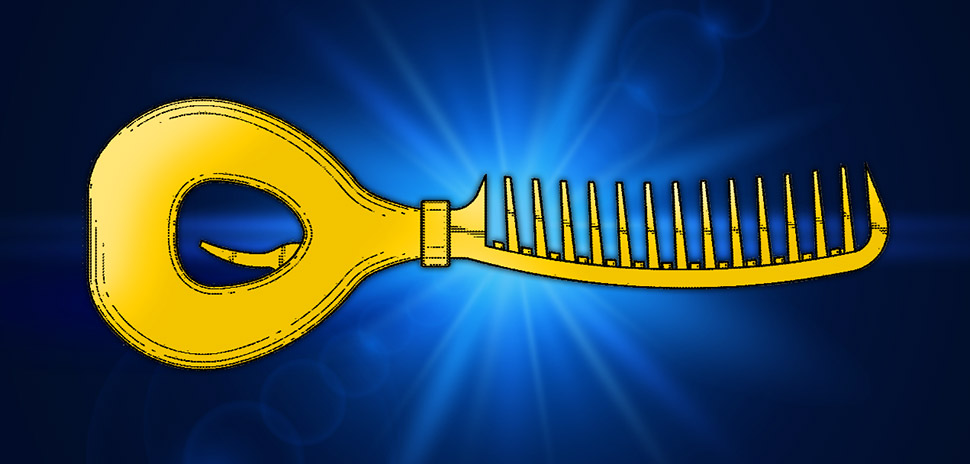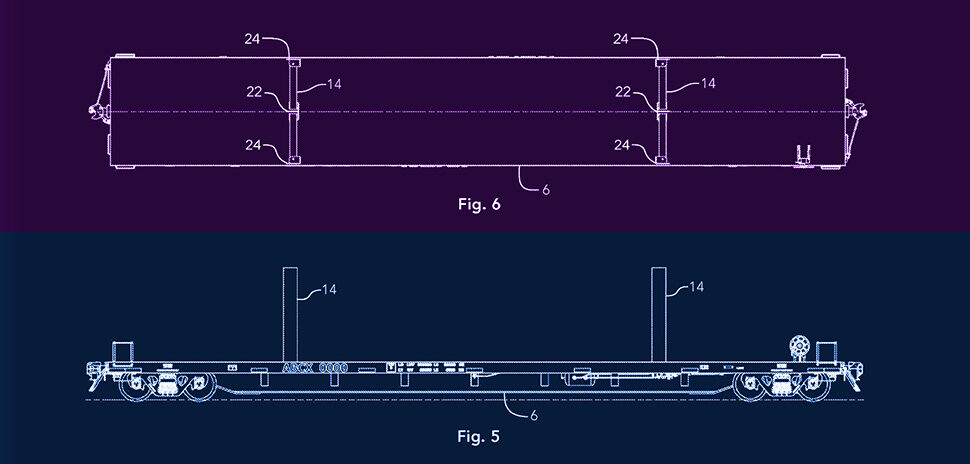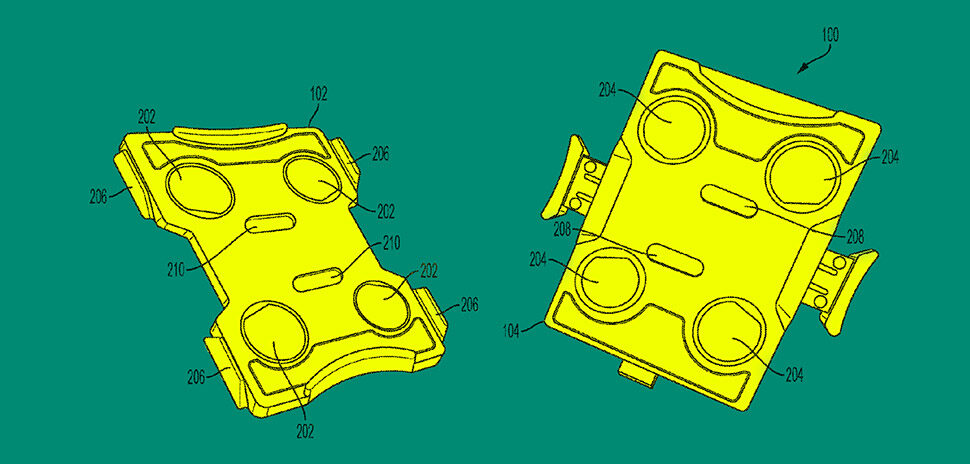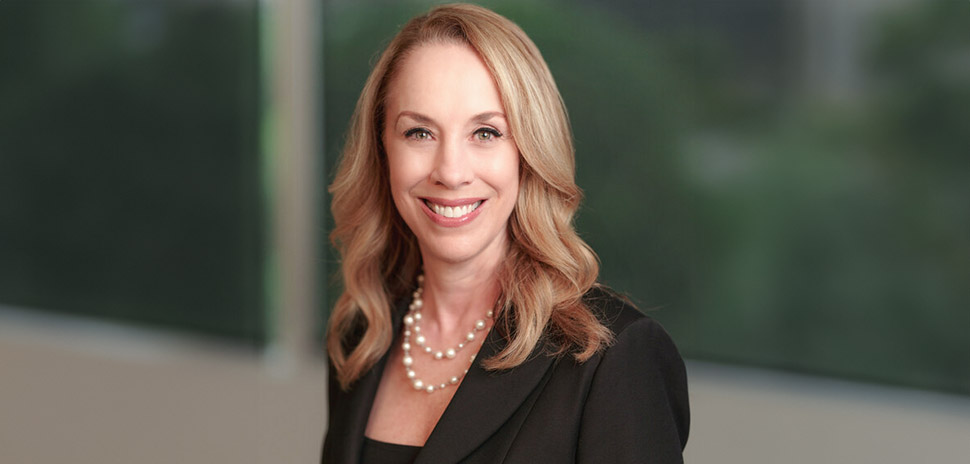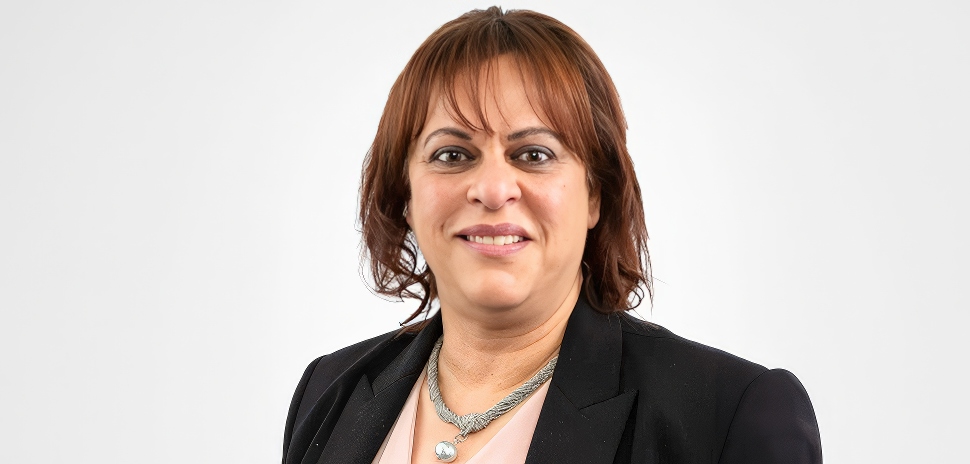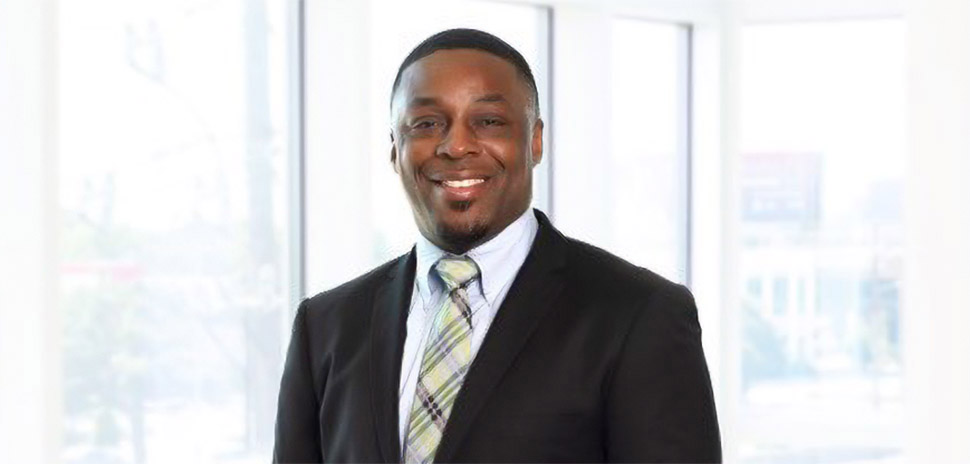![]() A patent is a legal monopoly granted by the federal government to inventors of certain qualified inventions. A patent can protect any new, useful, and “unobvious” apparatus, process, chemical composition, and even a business method, and gives its owner the right to prevent all others (in the country of issue) from making, selling, importing, and even using the patented invention (35 U.S.C. 271).
A patent is a legal monopoly granted by the federal government to inventors of certain qualified inventions. A patent can protect any new, useful, and “unobvious” apparatus, process, chemical composition, and even a business method, and gives its owner the right to prevent all others (in the country of issue) from making, selling, importing, and even using the patented invention (35 U.S.C. 271).
WHEN SHOULD ONE SEEK A PATENT?
A patent can be extraordinarily valuable because of its protection, if valuable in the first place, extends from the grant of the patent until twenty years from the filing date of the underlying application provided periodic maintenance fees are paid (35 U.S.C. 154). It is the “utility patent” which is the most common and most useful type of patent for U.S. inventors.
If one invents something that solves a problem or meets a need in a new, more efficient, cost-effective, and/or effective way, and there is a market for such a solution, patent protection should be considered. Otherwise, the invention will eventually fall into the public domain and likely will be of no value whatsoever to the inventor.
Without obtaining patent protection, one’s competitor is perfectly free to take and copy the subject invention immediately upon learning of it, without paying anyone anything.
WHEN IS AN INVENTION ENTITLED TO PATENT PROTECTION?
An invention may be protected by a patent if: (1) it fits into one of the legal categories of protectable inventions; (2) the invention is new (“novel”) — neither the inventor, nor any third party, before certain prescribed dates, either filed for patent protection, publicly used, sold or otherwise publicly disclosed any invention which is sought to be patented (35 U.S.C. 102); (3) the invention sought to be patented, at the time of its invention, would not have been “obvious” to persons skilled in the relevant field of (35 U.S.C. 103); and (4) the invention is “useful” (i.e. an embodiment of the claimed invention achieves some useful function (35 U.S.C. 101).
THE PATENT PROCESS
The process for seeking patent protection can be divided into three stages: (1) selecting a licensed patent attorney with the training and experience to identify and optimally protect one’s intellectual property; (2) determining the likely patentability of the client’s invention(s); and (3) formally entering the patent system by filing a patent application on any selected invention(s).
1. Choosing a Patent Attorney
99.6% of attorneys are not licensed to practice before the Patent Office and cannot legally represent an inventor in seeking a patent. Therefore, when choosing from available licensed patent attorneys, the most important considerations include (1) the patent attorney’s overall expertise and knowledge of the field of technology in which one’s invention falls; (2) one’s comfort level in dealing with a particular patent attorney; and (3) appropriate cost for high-quality services.
An attorney’s or firm’s patent litigation experience is an additional and very significant consideration. Those with little patent litigation experience will often lack insights concerning many potential weak spots of patents that may get past the United States Patent & Trademark Office patent examiners. Missed weak spots may surface later in the context of patent litigation or other congested contexts. Choosing a patent attorney and firm with the right experience and insights will allow you to be able to address such problems at the start of the application process.
2. Patent Research
In most cases, an inventor’s patent attorney will conduct a preliminary investigation to determine whether patent protection for a particular invention appears to be available. No patentability search will establish patentability with absolute certainty, in part, because certain circumstances that may prevent patent protection simply cannot be researched. In short, patentability research is designed merely to determine if a patent-blocking reference is immediately apparent, after a reasonable degree of inquiry, at a relatively reasonable cost.
Ideally, patentability research will involve both the inventor and the patent attorney. The inventor will be able to assist in the research by calling upon his or her knowledge of related inventions in the relevant field of technology and by relating those to the patent attorney. In addition, literature searches, best conducted by the person(s) most familiar with the field, can help immeasurably.
3. The Patent Application
The next step in the process is to prepare and file a patent application with the United States Patent & Trademark Office. A patent application is not simply a form with blanks to fill in but rather a lengthy and complex legal document. Most often, the patent attorney will spend quite a few working hours to prepare the patent application. The inventor will ordinarily be consulted at several stages along the way to ensure that the description and claim of the invention are consistent with the inventor’s conceptions.
When the patent application is complete, the inventor will be asked to review the application itself carefully and to review and sign an inventor’s “Declaration and Power of Attorney.” This latter document is one in which the inventor, under penalty of perjury, verifies the true inventorship of the subject invention, and appoints the named patent attorney to represent the inventor before the United States Patent & Trademark Office.
After the filing of a patent application, the application is assigned to a patent examiner, whose job it is to determine whether the invention is, in fact, patentable. Regrettably, many patents that are issued by the Patent Office are later invalidated in litigation. Still, others are issued with such narrow claims as to have little meaningful protection. For these reasons, the skill and experience of the patent attorney (including with patent litigation, as earlier mentioned) can be of paramount importance. One cannot relegate obtaining a valid, enforceable, and meaningful patent solely to patent examiners.
The patent examiner conducts patent and literature searches to determine whether the precise invention sought to be patented (as defined by each claim) has already been patented and/or whether past information in the relevant field of technology makes the invention “obvious”.
In addition to comparing the scope of the submitted patent claims against the “prior art”, the patent examiner will examine the “specification” of the patent application. At this stage, the examiner is to determine whether the inventor has satisfied the requirements of patent law (35 U.S.C. 112) and that the patent application provides an “enabling disclosure.” An enabling disclosure is that description, in words and drawings that sufficiently teaches the making and use of the subject invention, such that one who is reasonably skilled in the field of the invention may do so without undue experimentation.
A patent examiner’s opinion of patentability is communicated by way of an “office action” in which the examiner sets out, concerning each patent claim, the reasons why the claim does or does not, cover a patentable invention. The office action may include rejections of some, all, or none of the original claims and will explain the basis for the rejection(s), if any.
An office action is not the “final say” concerning patentability. One should usually expect a first office action rejection of at least some of the patent claims. The patent attorney can, depending on the circumstances, respond to any rejections of claims with arguments, that attempt to refute the bases for such rejections, with amendments to the claims that adjust their scope to a patentably permissible degree, or some combination of both.
If the patent attorney and the examiner come to an agreement about the proper scope of the patent claims, the applicant must then pay an issue fee, if the patent is to issue. Depending on the degree of backlog of the patent examiner assigned, the time between the filing of a patent application and the issuance of a patent typically extends anywhere between eighteen to thirty months. On the other hand, if the patent attorney and the examiner do not reach an agreement on the appropriate scope of patent protection by the time of the second office action, the patent attorney can appeal the examiners’ decisions (35 U.S.C. 134) or can file a “continuation application” for a second round of examination and argument with the Patent Office (35 U.S.C. 120).
4. Full Disclosure
The patent application process includes many steps and stages, but one aspect deserves special comment – the patent applicant’s “Duty of Candor”. A “Duty of Candor” applies to anyone who invents, owns an interest in any invention, or is involved in the prosecution of a patent application filed with the United States Patent & Trademark Office. Any such persons must voluntarily disclose to the Patent Office any known information that may reasonably bear on the issue of patentability. Disclosed information would include information that might reasonably be considered to be relevant to the novelty and non-obvious of the subject invention.
Information that is to be disclosed to the Patent Office is provided by way of one or more Information Disclosure Statements, and one’s patent attorney will work with the inventor(s) to gather and submit all such information.
The recommended mindset for all involved in the prosecution of a patent application is: “When in doubt, disclose”. Therefore, when working with a patent attorney, it is important that he or she be made aware of all information that may need to be disclosed in an Information Disclosure Statement. This would include any prior inventions, apparatuses, events, or circumstances that in any way relate to the subject invention, all prior-to-patent filing disclosures to others, whether by publication, internet posting, public presentations, tests, or research collaborations.
PITFALLS FOR THOSE WHO WAIT TOO LONG
The cardinal rule for anyone interested in seeking patent protection is to err on the side of filing for patent protection before making any disclosure of the invention to anyone else. A simple delay in filing for patent protection can result in the abandonment of inventions. Most often, abandonment results from a delay of more than one year in filing for patent protection after some form of public disclosure of the invention.
As mentioned above, the potential reward for such full and prompt disclosure is a patent, which represents an assignable and licensable legal monopoly for making, selling, and even using the claim-covered invention in the country of issue.
An example of the specific mandate of the U.S. patent statute which encourages prompt filing for patent protection is, under 35 U.S.C. 102, that an inventor must file for patent protection, or publicly disclose the invention, before anyone else. The inventor(s) must file a patent application for U.S. patent protection no later than one year of the first of (1) the patent applicant’s own first printed publication or public use or disclosure of the invention (anywhere in the world); or (2) the patent applicant’s first sale or offer for sale of the invention.
“PATENT PENDING”
While a patent application is pending, the application’s owner has the right to identify products of the invention as “patent pending”. As a practical matter, one who sees “patent pending” on or in association with a product is faced with two, at least temporarily unanswerable questions: (1) What kind of patent protection can the applicant ultimately get in this case? and (2) if a patent is to issue, when will it issue?
Therefore, anyone who is thinking about copying a product that is marked “patent pending” must reasonably consider that any investment for tooling up to practice the invention, to hire personnel, to advertise, to establish distribution, etc. may well be wasted if a patent covering the product does ultimately issue.
An important caveat is needed concerning “patent pending”. One cannot enjoy the benefits of the “patent pending” designation unless a patent application with claims fairly seeking to cover the subject product has been filed. A penalty of up to $500.00 per incident of “false marking” is possible under federal statute.
To learn more about Munck Wilson Mandala’s patent team, click here.
At Munck Wilson Mandala, we represent clients around the world, protecting their ideas, inventions, and businesses. Our intellectual property team includes more than 50 registered patent attorneys, patent agents, scientific advisors, and foreign associates, most of whom possess advanced degrees in such areas as biology, chemistry, engineering, and other STEM-related fields. Munck Wilson Mandala has offices in Dallas, Austin, Houston, and Waco, Texas, Los Angeles, California, and South Florida (Boca Raton). Learn more about the firm at https://www.munckwilson.com.
![]()
Get on the list.
Dallas Innovates, every day.
Sign up to keep your eye on what’s new and next in Dallas-Fort Worth, every day.




